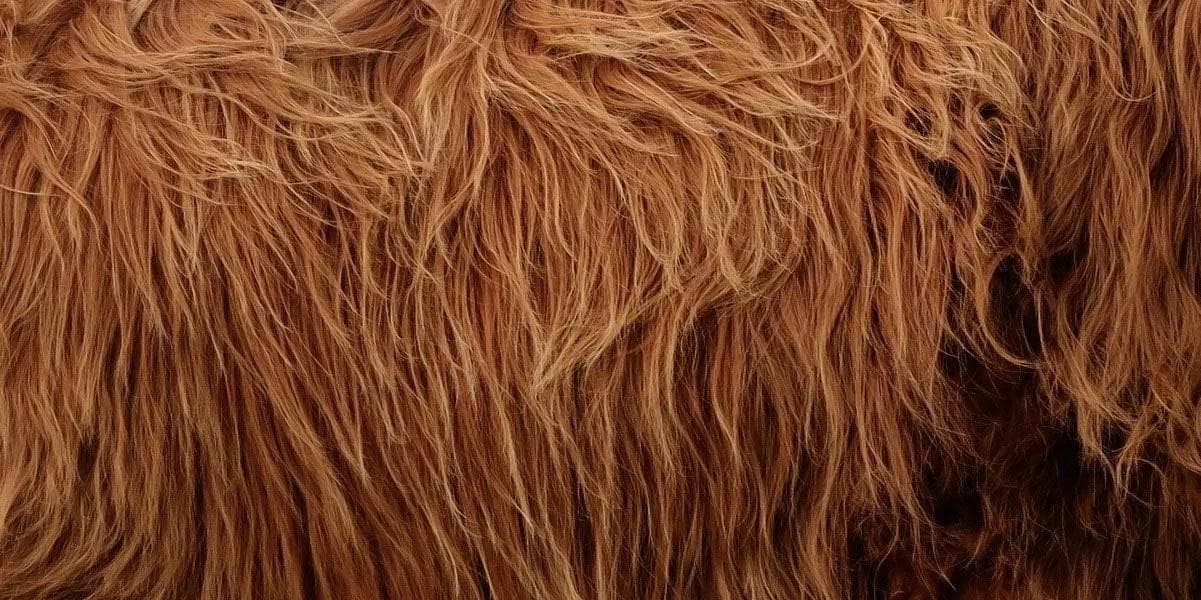What human evolution can teach us about Chewbacca

Solo: A Star Wars Story hit the big screen this year, and it promised to be a good time. As excited as were to learn more about our favorite scruffy-looking nerf herder, we’re admittedly a little disappointed to see our favorite walking carpet take a backseat once again. No doubt Chewbacca is a fan favorite because of his witty and often profoundly meaningful dialogue. Yet, it could be a long time before we get a Chewy-centric movie. So how can we learn more about Chewy and the Wookiees in the meantime? By looking at human evolution.
Wookiees bear a striking resemblance to early humans: They’re communal, bipedal, and furry animals. Most of us wouldn’t consider ourselves “furry,” but at one point in history, we were shrouded in hair—and for good reason. Hair, or fur, is a powerful defense adaptation that most mammals have. Among its many qualities, hair is able to shield an animal’s skin from harmful ultraviolet light coming from the sun, and thus protects its DNA from potentially dangerous mutations. Hair also protects an animal’s body from heat loss. A thick mat of hair can prevent evaporation of sweat, which in turn prevents heat from escaping the body. Additional benefits of hair include physical protection of the skin from cuts, camouflage, environmental sensing, and mate attraction (especially true for Wookiees, we’d wager).
Aaaaahnr aaaaahnr aaaaahnr huurh!Chewbacca
If hair is so protective, why aren’t we covered in it? The truth is that we’re still covered in hair, it’s just smaller and less pigmented than it once was. Humans are among a rare group of mammals that have evolved to be less hairy. It’s not entirely clear why this happened, but many scientists believe it had to do with body temperature regulation1. More than a million years ago, our human ancestors began walking upright and foraging for food during the day, likely in sun exposed environments. This simple activity has a heavy energy cost because moving around in the sun generates internal body heat. Scientists believe that small changes in our ancestors’ DNA that caused less hair growth would have been an advantage, because the less hairy animals would have been able to forage more without overheating1,2. We don’t know exactly which genes were altered to cause this transition because hair growth—as well as other properties of hair—is controlled by a very large number of genes. Hair growth is complicated enough that we still don’t fully understand why someone goes bald, though we’re getting closer.
Large furry animals
Why aren’t elephants furry? As animals get larger, the ratio of surface area to internal mass decreases. This is a problem because more surface area means more heat loss. When this ratio decreases, there is less area for heat to escape the body, meaning large animals are at risk of overheating. To compensate, they got rid of the fur coat. Chewbacca is unique in that he is a large animal3, yet he’s still furry.
So what does all of this tell us about Chewbacca? Well, we know that Wookiees live in a jungle environment on Kashyyyk, which is by all accounts a jungle like the ones on Earth—meaning it can be hot. Descriptions of normal Wookiee lives suggest that they live like we do and are in constant motion throughout the day. They are tree dwellers and make their home in the sunny canopy of the jungle, taking special care to avoid spending too much time in the “shadow land” below. All of this information suggests that Wookiees live in a sunny, likely warm environment and that they are continually moving which would generate heat. Additionally, their hair is not very curly, so there’s not much room for moisture to evaporate. Based on this information, we can reasonably assume that Wookiees have evolved some mechanism to regulate their internal body temperature and prevent severe damage from overheating. We see no signs of them developing large capillary beds to release heat (like those in elephant ears), so their system is likely different from that. It’s hard to say then how they deal with so much heat, but we can be sure that they’ve had to evolve some mechanism different from anything we’ve seen here on Earth. (Alternatively, they may just be really sweaty.)
Let’s be honest—we’re probably not going to get answers to these pressing questions about Wookiee heat regulation by the time the next Star Wars story comes out. But hey, we’re Helix. We can’t help but think about these things!
1Yesudian, Patrick. “Human Hair – An Evolutionary Relic?” International Journal of Trichology 3.2 (2011): 69. PMC. Web. 25 May 2018.
2Dávid-Barrett, Tamás, and Robin I.M. Dunbar. “Bipedality and Hair Loss in Human Evolution Revisited: The Impact of Altitude and Activity Scheduling.” Journal of Human Evolution 94 (2016): 72–82. PMC. Web. 25 May 2018.
3Myhrvold, Conor L., Howard A. Stone, and Elie Bou-Zeid. “What Is the Use of Elephant Hair?” Ed. Christof Markus Aegerter. PLoS ONE 7.10 (2012): e47018. PMC. Web. 25 May 2018.